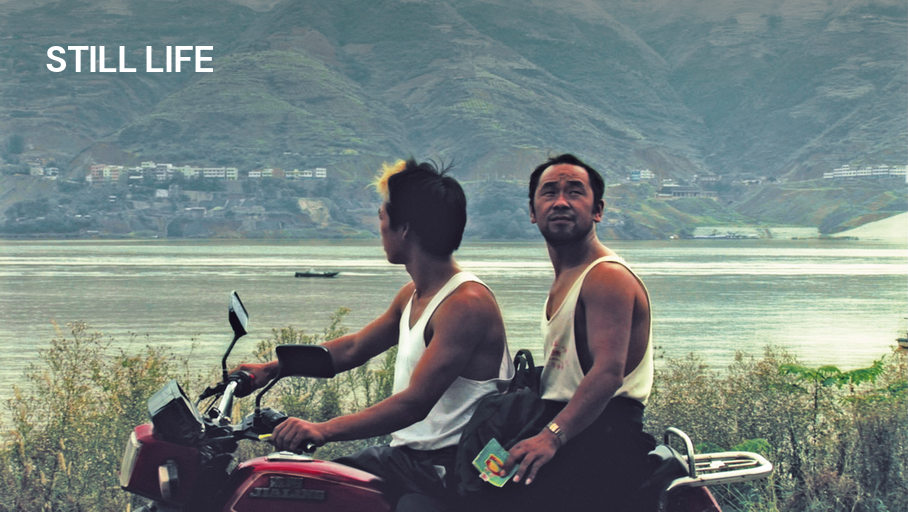risques-niger.org – “Still Life,” directed by Jia Zhangke, is a profound film that captures the human cost of modernization and displacement. Released in 2006, the film is set against the monumental backdrop of China’s Three Gorges Dam project, an immense undertaking that led to the relocation of millions of people. Through its intimate storytelling and striking visuals, “Still Life” offers a contemplative look at the lives affected by this transformation.
Introduction: A Cinematic Exploration of Transformation
In “Still Life,” Jia Zhangke continues his exploration of China’s rapid modernization, a theme central to his body of work. The film’s setting in Fengjie, a town being demolished to make way for the dam, serves as a powerful symbol of the broader changes sweeping across the country. By focusing on the personal stories of ordinary people, Jia provides a human perspective on the socio-economic forces reshaping China.
Plot Summary: Personal Journeys Amidst Societal Change
The film interweaves the stories of two characters, Han Sanming and Shen Hong, who arrive in Fengjie in search of long-lost family members. Han Sanming, a coal miner, is looking for his estranged wife, while Shen Hong, a nurse, seeks her husband who has been absent for two years. As they navigate the changing landscape of Fengjie, their personal quests unfold against the backdrop of demolition and flooding, highlighting the emotional and physical dislocation experienced by the town’s residents.
Themes: Displacement and the Search for Connection
“Still Life” delves into themes of displacement and the resilience of the human spirit. The film poignantly portrays the loss and longing that accompany the forced relocations, as well as the enduring hope for reunion and connection. Through its characters’ journeys, the film emphasizes the importance of personal relationships and the struggle to maintain one’s identity amidst upheaval.
Cinematic Achievements: A Visual and Emotional Masterpiece
Jia Zhangke’s direction in “Still Life” is marked by its understated elegance and attention to detail. The film’s cinematography, with its sweeping shots of the Yangtze River and the crumbling architecture of Fengjie, creates a visually arresting tableau that underscores the themes of change and impermanence. The use of long takes and naturalistic performances enhances the film’s emotional impact, drawing viewers into the characters’ world with authenticity and depth.
Legacy and Impact: A Landmark in Contemporary Chinese Cinema
“Still Life” received critical acclaim, winning the Golden Lion at the Venice Film Festival. The film’s exploration of contemporary issues resonated with audiences and critics alike, solidifying Jia Zhangke’s reputation as a leading voice in Chinese cinema. Its success highlights the power of cinema to address complex social issues through personal storytelling, offering a window into the human experiences behind large-scale transformations.
Conclusion: A Timeless Meditation on Humanity and Change
“Still Life” remains a timeless meditation on humanity and change, capturing the essence of a rapidly transforming society through its intimate portrayal of individual lives. Jia Zhangke’s masterful storytelling and the film’s evocative imagery continue to engage and inspire viewers, serving as a poignant reminder of the resilience and adaptability of the human spirit. As a cinematic exploration of displacement and hope, “Still Life” stands as a testament to the enduring power of film to illuminate the human condition.
